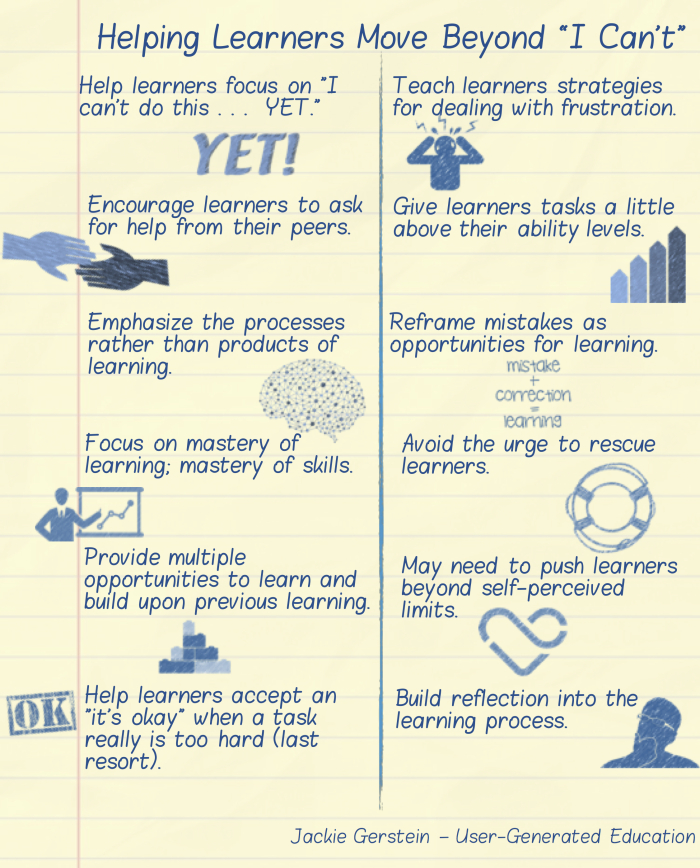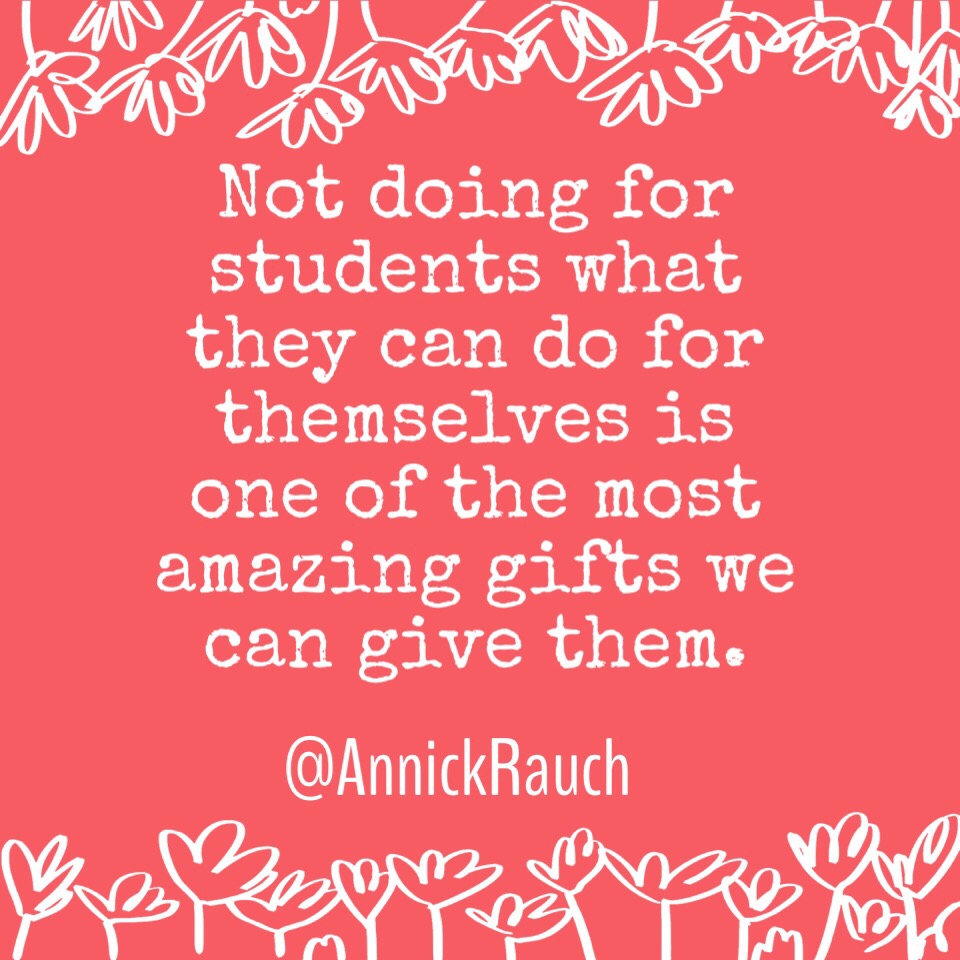Slow Down. They Can & They Will
The other day, my family and I were out grocery shopping (yes, it’s a weird thing we like to do together when we get the chance) and as we finished loading up the groceries into the van, my two oldest boys (7 and 4.5 years) wanted to go put the cart away, alone. Although I trusted them, I followed along just to make sure they didn’t get run over by a car (small kids in parking lots freak me out). I stood back and simply observed. It took my boys a few attempts to get the cart lined up properly to get it to fit into the line of carts, but with a few crashes, many giggles, and a few other adults watching with huge grins on their faces, they finally got it. Next, they had to figure out how to insert the special key into the cart to get their loonie back. This was a task my eldest took on while showing his brother how it was done. Once everything was all said and done, they beamed with pride and congratulated each other on the “awesome teamwork”.
Too often, I catch myself depriving my kids of learning opportunities like this one simply because I don’t have the time/take the time. As a busy mom of four, I’m constantly feeling like I’m rushing through everything to get it all done in one day. But what I’ve come to realize (and this is something I seem to excel at in my classroom, but find much more difficult at home with my own kiddos) is that taking that time pays off in the end.
We speak of wanting to help students become life-long learners, to be empowered, and to take control of their own learning. If this is what we strive for, then shouldn’t we give our kids the opportunity to try, to experiment, and to find solutions on their own? I’m not saying that we should let them drown, but that we should slow down, give them space, encourage and support them, and they will surely surprise us!
Yesterday, George Couros shared the post Helping Learners Move Beyond “I Can’t Do This” by Jackie Gerstein and I just loved it. In this article, Jackie shares many amazing strategies that teachers can use in order to help students develop resiliency and grit (take the time to read the article for more in depth explanations and tips):
- Help learners focus on “I can’t do this . . . YET.”
- Teach learners strategies for dealing with frustration.
- Encourage learners to ask for help from their peers.
- Give learners tasks a little above their ability levels.
- Emphasize the processes of learning rather than its product.
- Reframe mistakes and difficulties as opportunities for learning.
- Scaffold learning; provide multiple opportunities to learn and build upon previous learning.
- Focus on mastery of learning; mastery of skills.
- Avoid the urge to rescue them.
- May need to push learners beyond self-perceived limits.
- Build reflection into the learning process.
- Help learners accept an “it’s okay” when a task really is too hard (only as a last resort).

Resiliency and grit are skills that are essential in our world today, and if we want students to persevere when tasks get challenging, we need to give them the opportunity to do so without jumping in to do things for them.
I know, sometimes it’s easier said than done. Sometimes we just want to help out of the kindness of our hearts. Other times, we just want to help so that things move along. But not doing for students what they can do for themselves is one of the most amazing gifts we can give them. A reminder to myself… slow down. They can and they will!


Leave a Reply